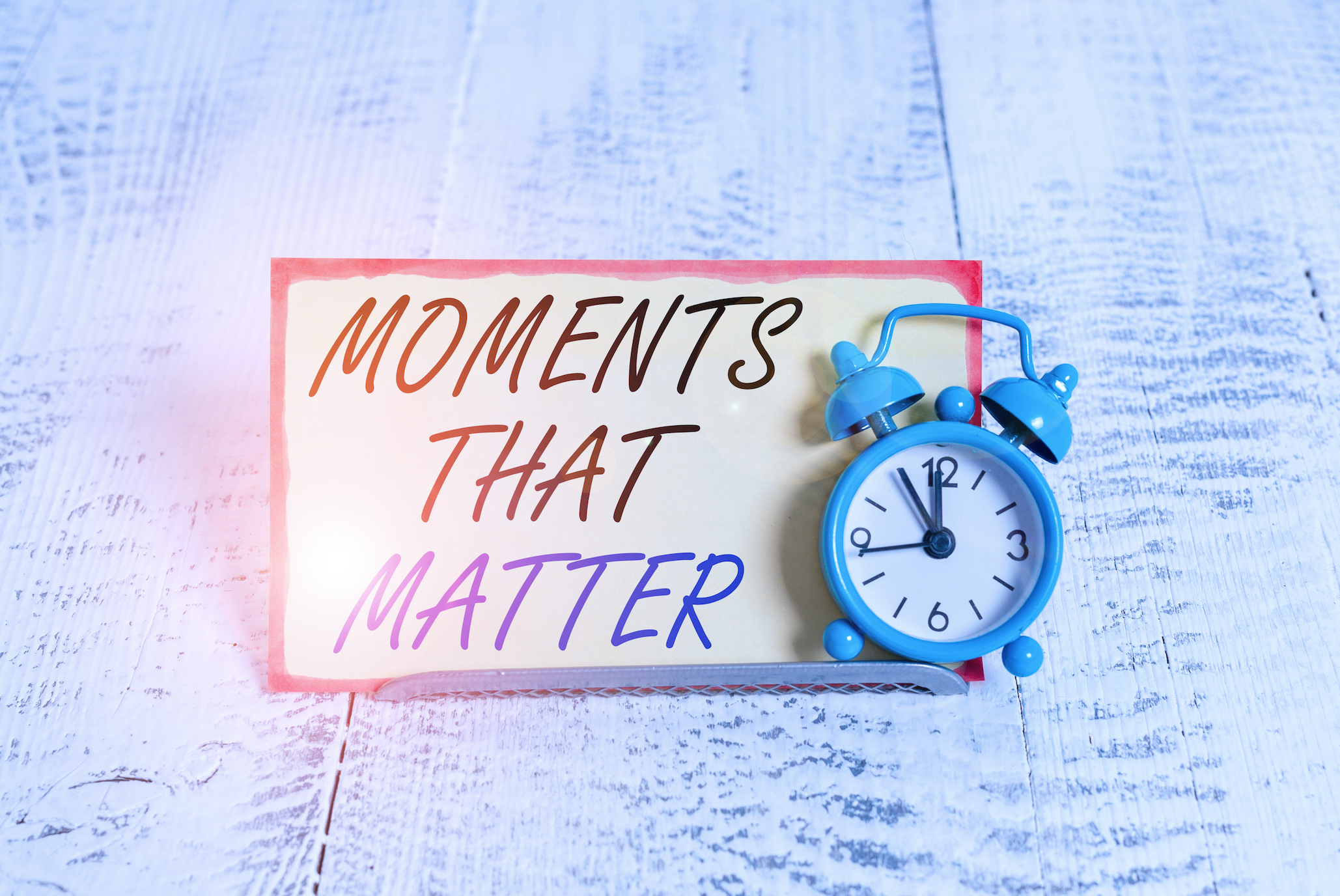Are you worried about retaining your best employees as the economy improves? Do several of your divisions or departments have room for improvement? Would you like to increase safety compliance and awareness? Workplaces today face multiple challenges and one solution to overcoming these hurdles is to design a comprehensive reward program that gives employees incentives for participating and reaching your objectives. Total reward programs are incentive programs designed for an organization so that groups of individuals are targeted with job-specific metrics while all participants are eligible to earn incentives for reaching company-wide objectives.
Who is eligible to participate in a total employee reward program?
With a total employee reward program, your company can include as many participants as you would like to create goals for. Incentive program websites can be programmed so that each group of participants you identify can view only the specific goals and rewards you are targeting them with.
What kinds of goals are included in a total reward program?
Amit Bhagria, author of Young HR Manager blog, mentions five reward categories that can be included in a rewards program in the post, “What Are The Different Categories Of Employee Rewards And Recognition Programs?” Bhagria includes these categories of rewards in his list: time based recognition awards, rewards for functional excellence, rewards for individual departments or groups, informal appreciation awards and popular categories of rewards.
Time-based rewards are earned over a period of time; an example of a time-based reward is a goal of having perfect attendance for 90 days. Functional excellence rewards are defined as goals that reward employees for delivering on time results, exceptional customer service, cost efficiencies and other goals that are related to a person’s specific behaviors. Individual department or group objectives are directly related to job-specific metrics such as meeting quotas and deadlines. Informal appreciation rewards, according to Bhagria, are used to recognize employees consistently. Popular category rewards include innovation, birthday and anniversary awards but can also include peer to peer recognition and safety awards.
When do total reward programs start and end?
I often see clients beginning incentive programs at the beginning of the calendar year or their company’s fiscal year and either transform or conclude at the end of the calendar year/fiscal year. As organizations evolve, their challenges and goals do as well. Administrators are consistently evaluating the performance of their total reward program, its ROI and overall progress and depending on these factors, the incentive program is updated to reflect the past twelve months of experiences. If a client finds that the total reward program has served its purpose, then it ends.
How do employees and administrators access the total reward program?
Although incentive programs can be paper-based, online or a mixture of both print and online components, total reward program tend to be online only. Incentive program websites offer the flexibility and reporting capabilities needed for a total reward program. Employees access personal accounts online with a unique username and password. Administrators can log into the reporting portion of the incentive program to perform administrator duties and monitor the reward program.
Why should I consider starting a total reward program?
If your organization sees a clear path of where it is and where it needs to be in your industry, a total reward program can help steer you in the right direction. Comprehensive incentive programs allow you to target multiple levels of your company with as many or as few goals as needed. By defining your organizational objectives and giving employees incentives to reach these goals, you will be able to reach your goals in a defined period of time and remain within a specific budget.







Leave a Comment